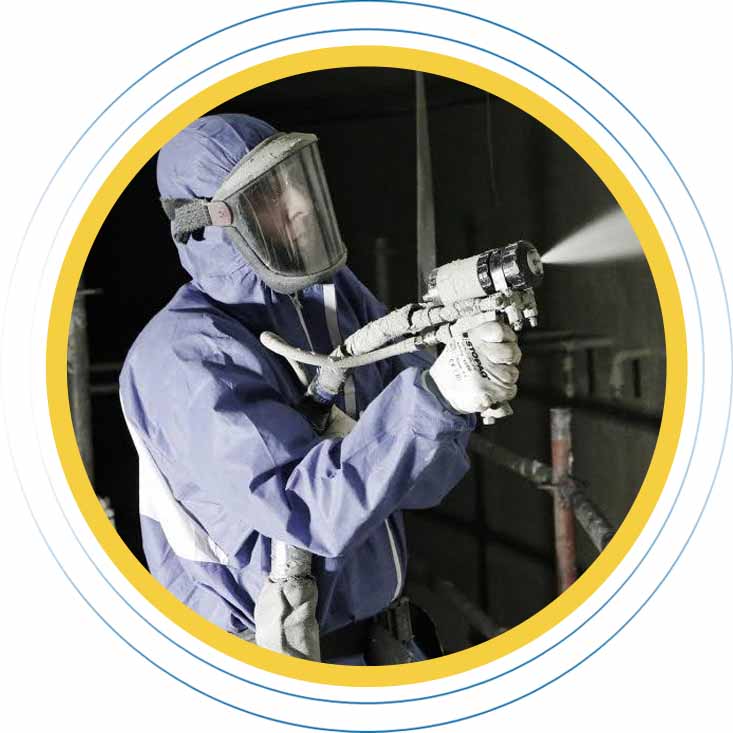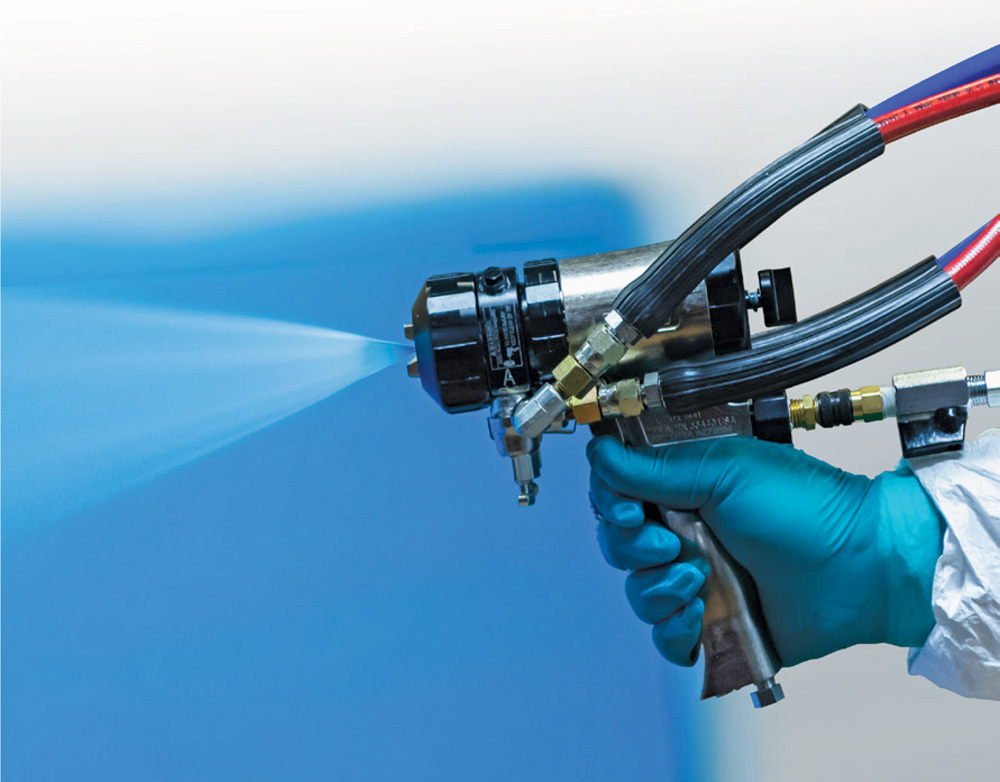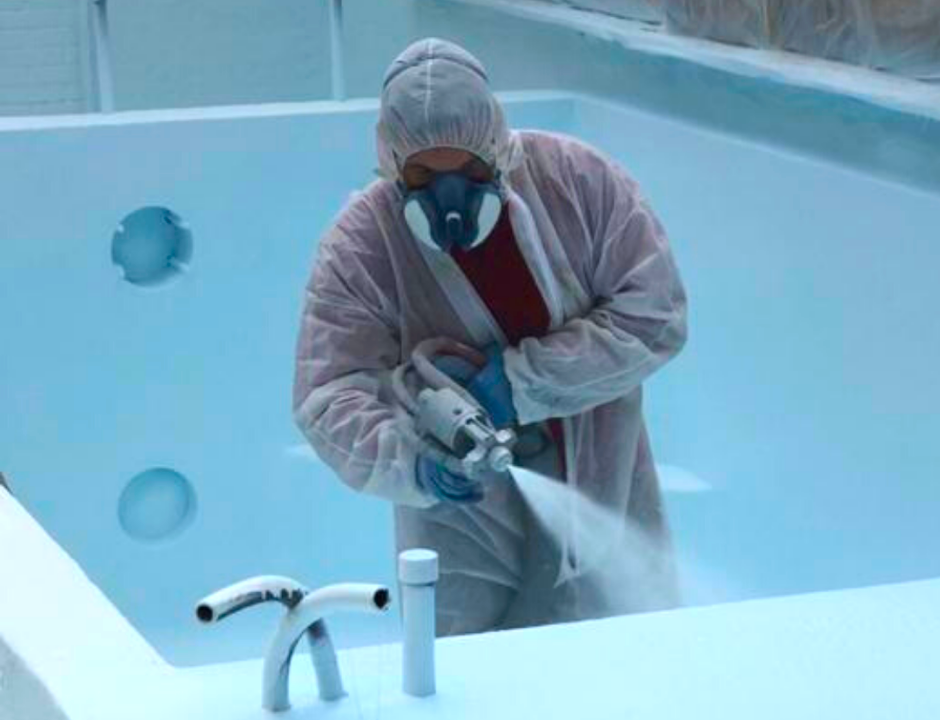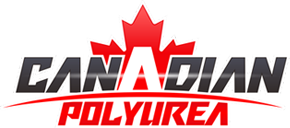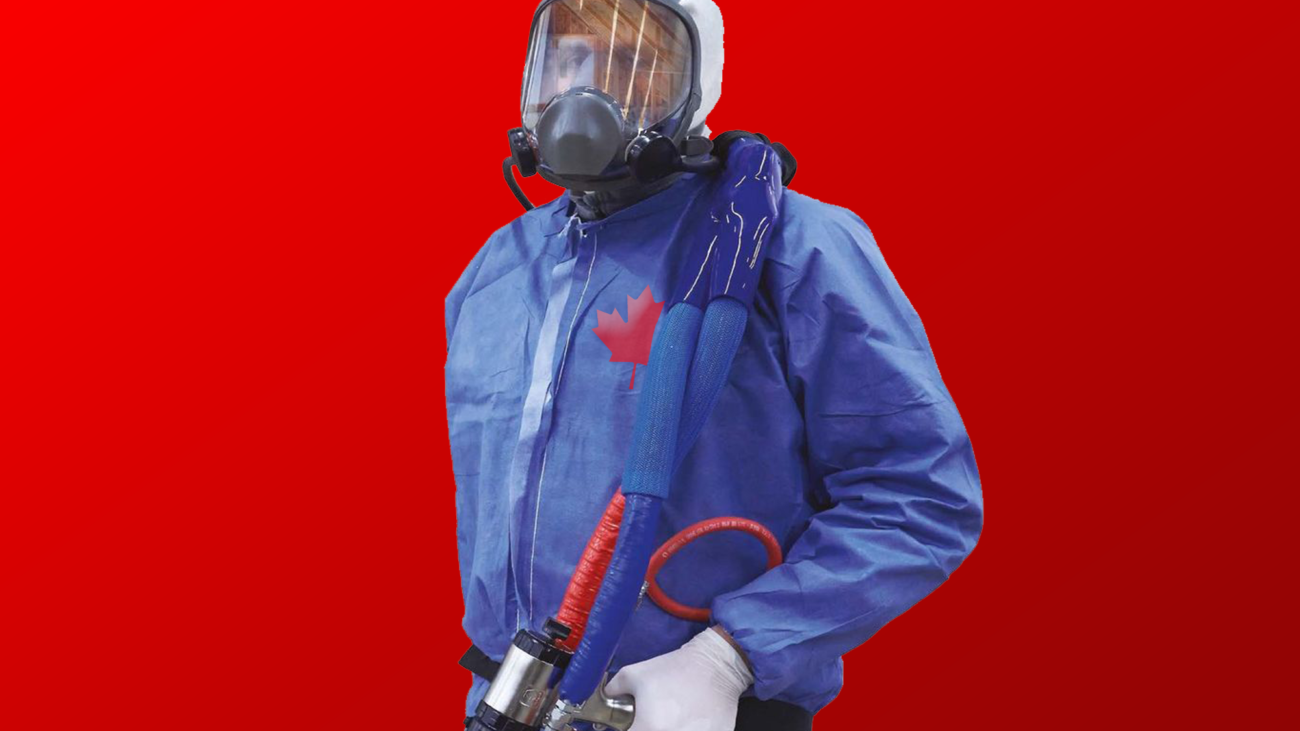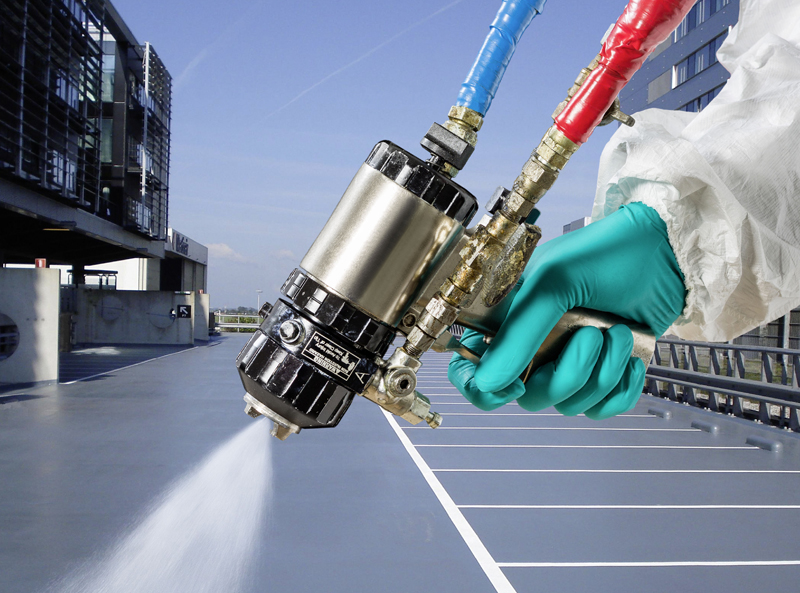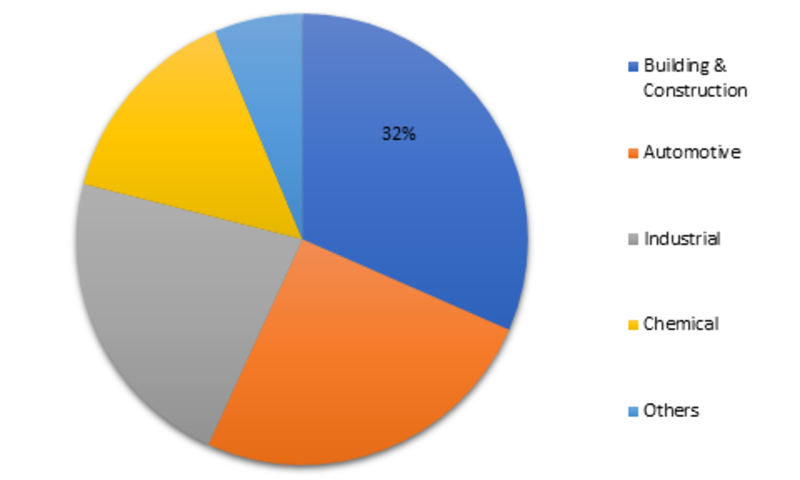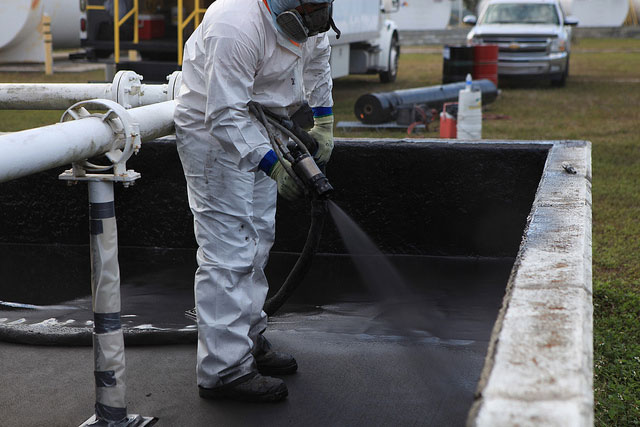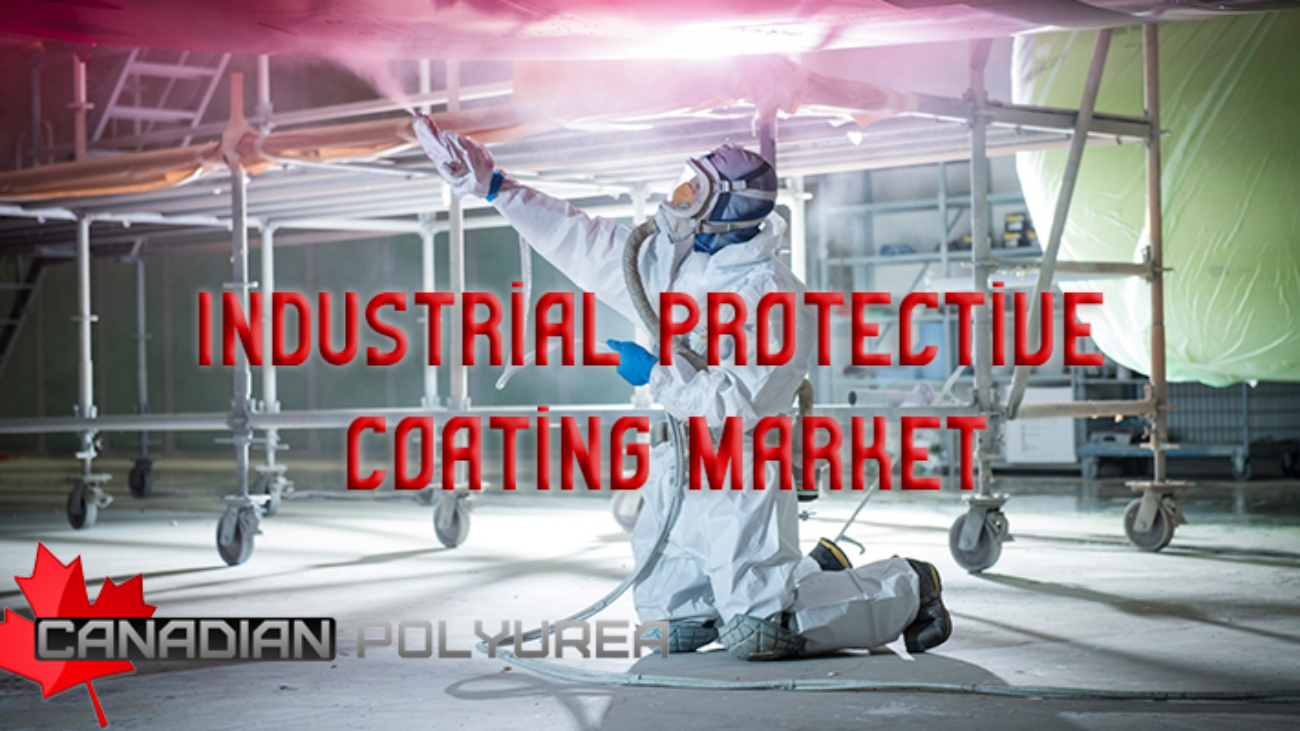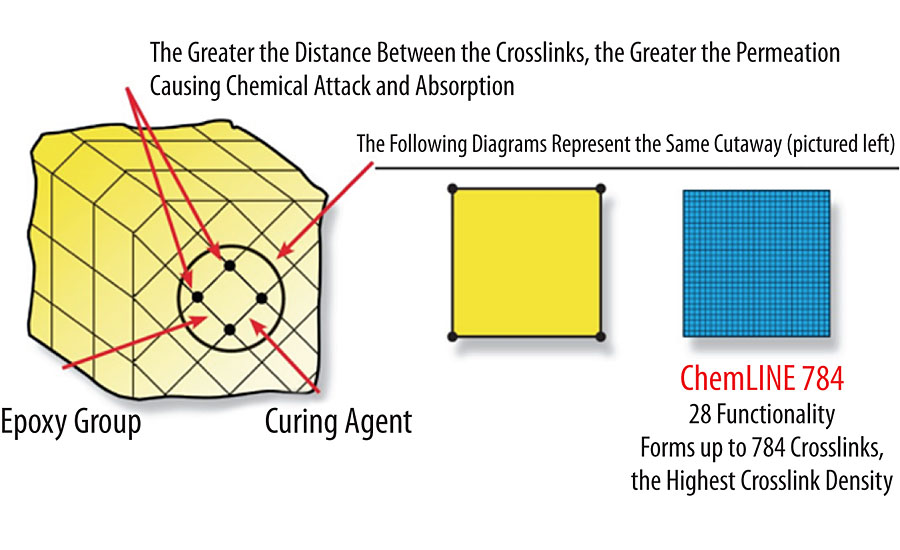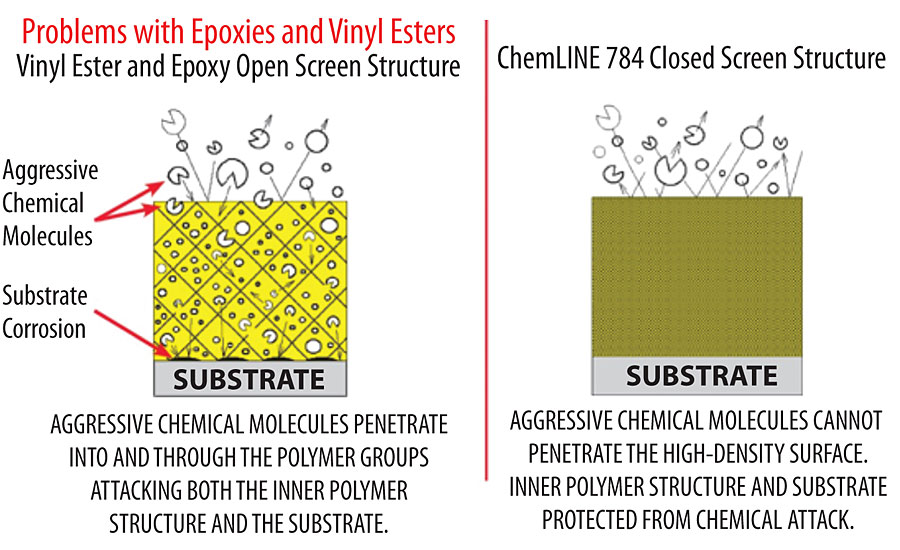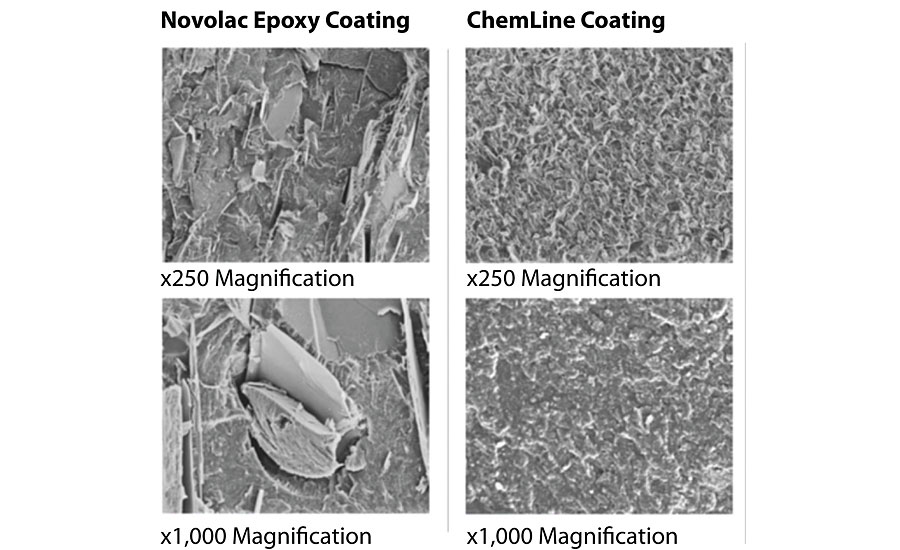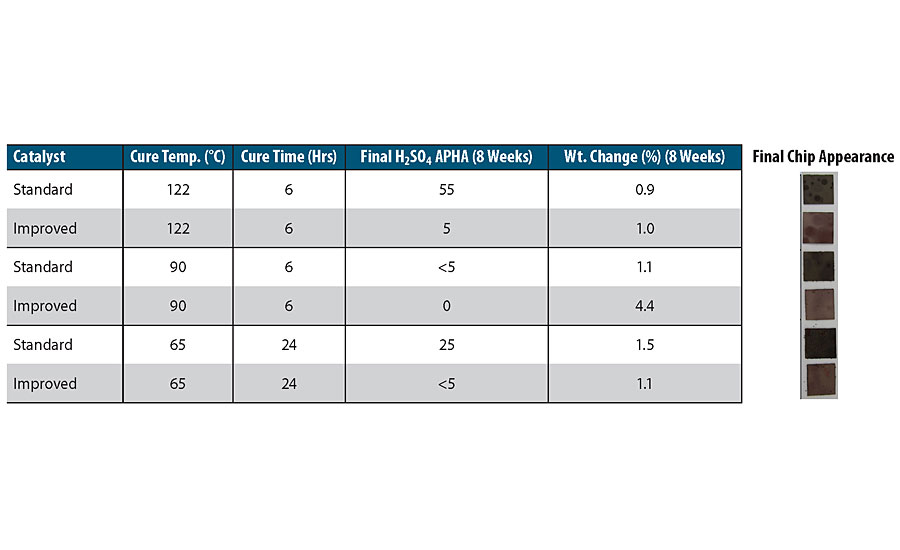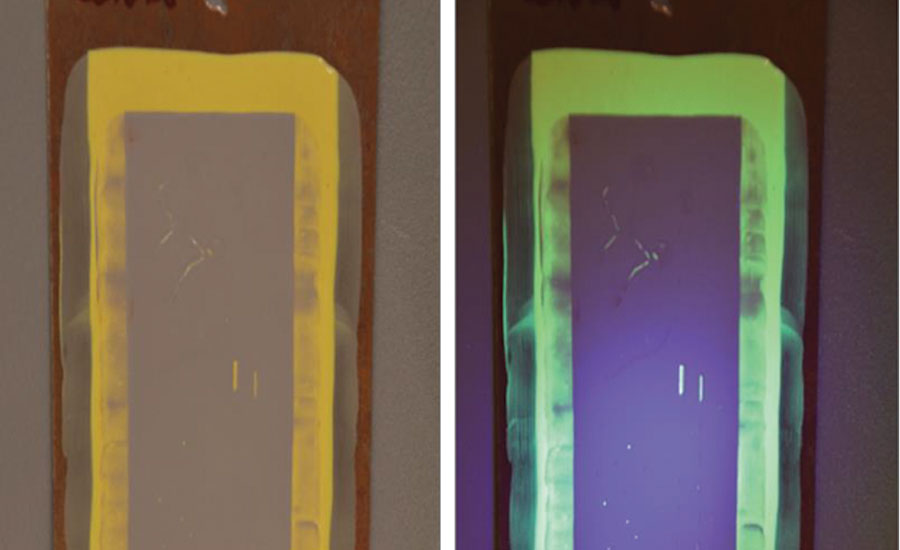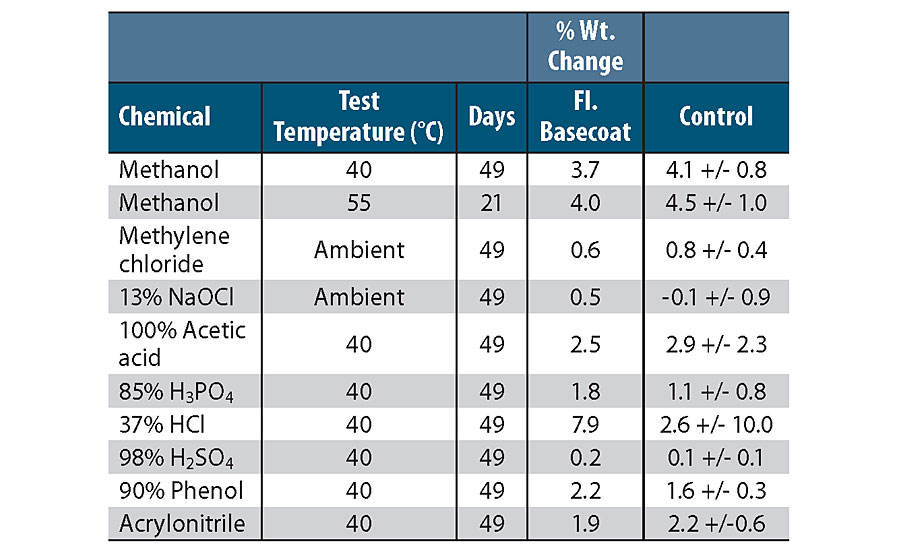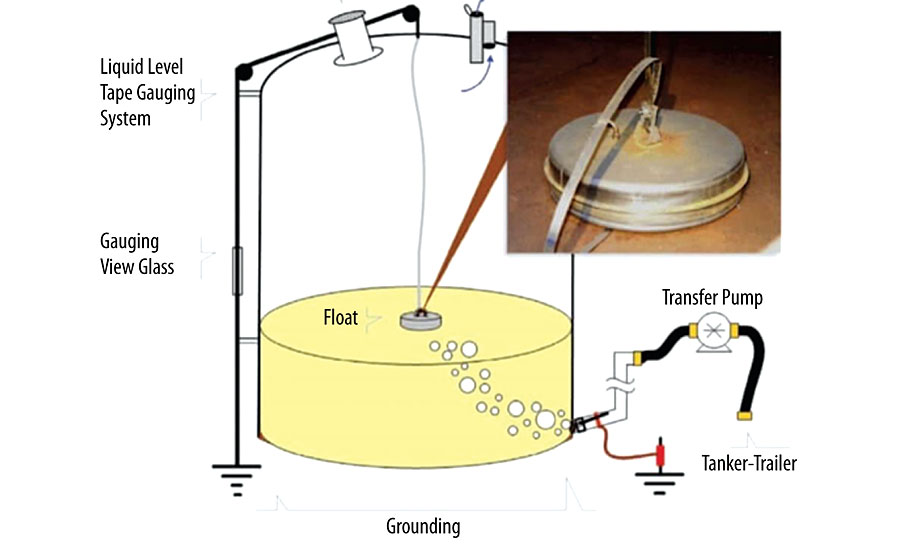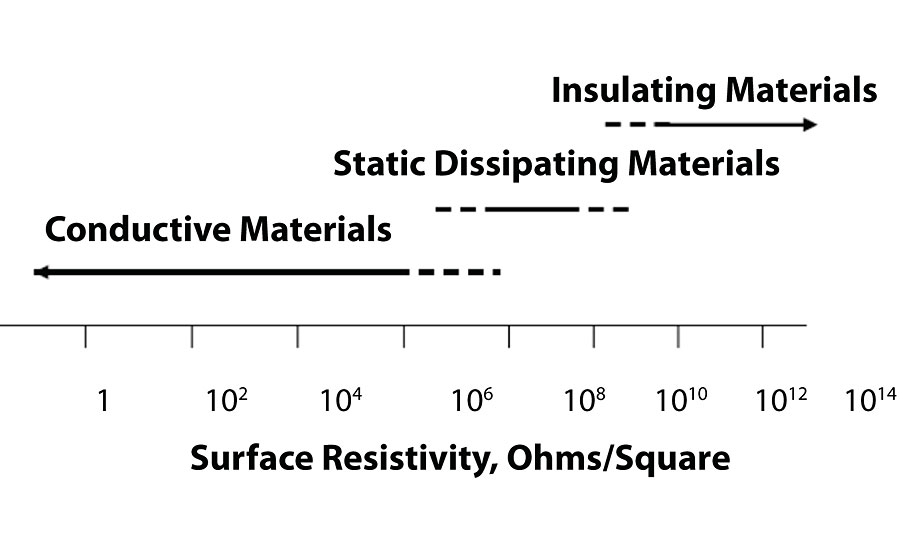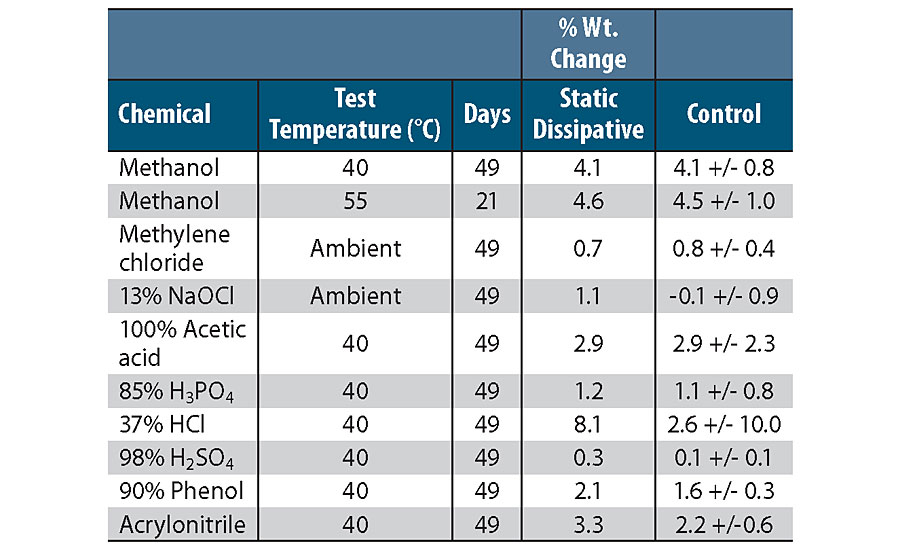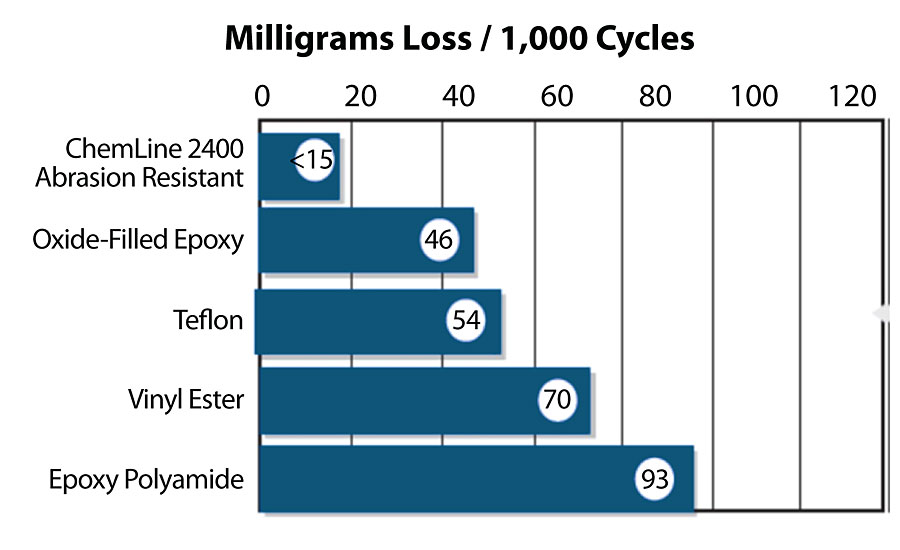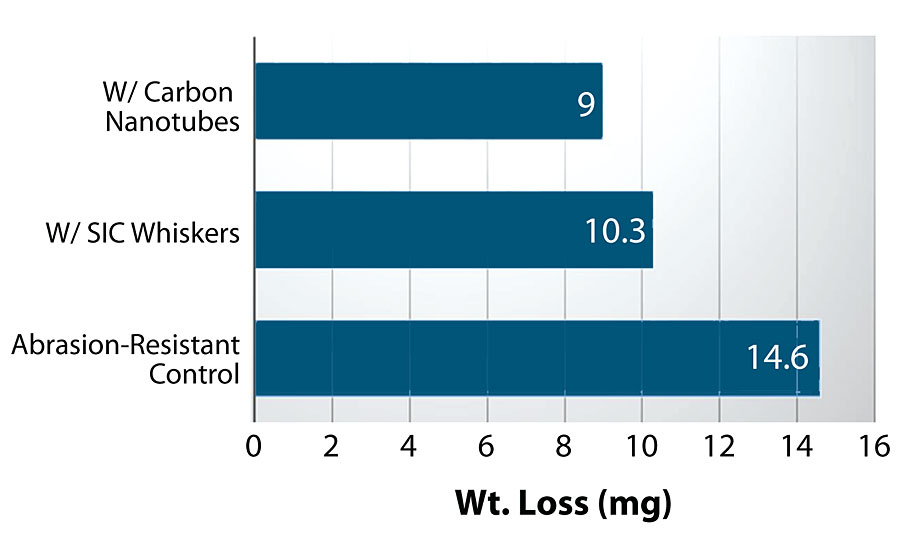How Polyurea Coating Enhances Industrial Applications in Canada
Industrial applications in Canada are being enhanced by the use of polyurea coatings. Polyurea is a two-component sprayable elastomeric material that creates a durable, waterproof and chemical-resistant coating. This coating has become increasingly popular due to its fast-curing properties, high abrasion and tear resistance, and its ability to adhere to a wide variety of substrates. Polyurea coatings are ideal for a range of industrial applications, including flooring, tanks, piping, and structural components, as well as for waterproofing and corrosion prevention.
One of the main benefits of using polyurea coatings is their fast curing time. Polyurea coatings cure and harden in seconds, allowing for faster application and quicker return to service. This is ideal for industrial applications where time is of the essence. Furthermore, polyurea coatings are flexible and resistant to extreme temperatures, making them suitable for a variety of industrial environments in Canada.
Polyurea coatings are also highly resistant to abrasion and tears, making them ideal for a range of industrial applications. They have excellent adhesion to a wide variety of substrates, making them suitable for use in corrosive environments. Polyurea coatings are also highly resistant to a range of chemicals, making them ideal for use in industrial applications.
Polyurea coatings are also extremely durable and long-lasting, making them cost-effective for industrial applications. They are easy to apply and maintain, and their fast-curing properties mean that they can be applied quickly and efficiently. This makes them ideal for a range of applications in Canada, from industrial floors to tanks, piping, and structural components.
Overall, polyurea coatings offer numerous benefits for industrial applications in Canada. They are fast-curing, durable, and offer excellent abrasion and tear resistance. Furthermore, they are flexible and resistant to extreme temperatures, and are highly resistant to a range of chemicals. Polyurea coatings are also easy to apply and maintain, making them cost-effective for industrial applications.
The Benefits of Polyurea Coating for Canadian Industries
Polyurea coating is a versatile and reliable coating solution that is becoming increasingly popular in many industries across Canada. This coating type offers a range of benefits that make it an ideal choice for many applications. In this article, we will explore the benefits of polyurea coating for Canadian industries.
First and foremost, polyurea coating offers superior protection against environmental elements and wear and tear. It is highly resistant to corrosion, abrasions, and UV rays, making it an ideal choice for protecting metal surfaces from rust and other forms of deterioration. Furthermore, polyurea is extremely durable and can last for many years with minimal maintenance. This makes it an excellent choice for industries that require long-term protection for their assets.
Polyurea coating also offers excellent chemical resistance. This means that it can withstand exposure to a wide variety of chemicals without becoming damaged. This makes it ideal for industries that need to protect their assets from hazardous chemicals. Additionally, polyurea coating can be applied quickly and easily, saving valuable time and money in the process.
Finally, polyurea is an environmentally friendly option. It is low in VOCs, making it safe for humans and wildlife. Additionally, it is non-toxic and non-flammable, making it a safe choice for both residential and industrial applications.
In conclusion, polyurea coating is an ideal choice for many industries in Canada. Its superior protection against environmental elements, excellent chemical resistance, and environmental friendliness make it an excellent choice for any industry that needs to protect its assets. Additionally, its quick and easy application make it a cost-effective option for many applications.
Exploring the Advantages of Polyurea Coating for Industrial Applications in Canada
Polyurea coatings are becoming increasingly popular for industrial applications in Canada due to their many advantages. These coatings offer superior performance over traditional coatings, such as epoxies, due to their superior chemical and mechanical properties. As a result, polyurea coatings can be used in a variety of industrial applications, including corrosion protection, waterproofing, and fireproofing. In this article, we will explore the advantages of using polyurea coatings in industrial applications in Canada.
One of the main advantages of polyurea coatings is their durability. These coatings are highly resistant to abrasion, chemical attack, and ultraviolet radiation, making them the ideal choice for industrial applications. Additionally, polyurea coatings are elastic and flexible, allowing them to move with the substrate without cracking or peeling. As a result, these coatings are able to withstand harsh weather conditions, including extreme temperatures and moisture.
Polyurea coatings also offer superior protection against corrosion. These coatings are highly resistant to a variety of corrosive elements, including salts, acids, and bases. Furthermore, polyurea coatings are resistant to microbial growth, making them a suitable choice for applications in which microbial growth must be prevented. Additionally, these coatings are fire-resistant, offering an extra layer of protection in industrial applications.
Polyurea coatings are also easy to apply and quick to dry. These coatings can be applied using a variety of methods, including spraying, brushing, and rolling. Additionally, they dry quickly, allowing for quicker project turnaround times. Furthermore, polyurea coatings are available in a variety of colors, allowing for greater design flexibility.
Finally, polyurea coatings are cost-effective. These coatings are typically less expensive than traditional coatings, making them a cost-effective solution for industrial applications. Furthermore, polyurea coatings can last for years, eliminating the need for frequent repainting and other maintenance costs.
In conclusion, polyurea coatings offer many advantages for industrial applications in Canada. These coatings are durable, corrosion-resistant, fire-resistant, easy to apply, and cost-effective. As a result, they are becoming increasingly popular for industrial applications in Canada and around the world.
Strengthening Industrial Applications in Canada with Polyurea Coating
Industrial applications are an integral part of the Canadian economy, providing a wide range of products and services for the country. To ensure these applications remain safe and efficient, a range of protective coatings are used to keep them operating at peak performance. One such product is polyurea coating, a versatile and durable material that offers superior protection against corrosion, wear, and abrasion.
Polyurea coating is a two-part liquid that is applied to surfaces in a spray form. After application, it rapidly cures, creating a strong bond that is nearly impervious to the elements. As a result, polyurea coatings are extremely resistant to water and other liquids, as well as extreme temperatures and ultraviolet light. This makes them an ideal choice for many industrial applications, including those in the mining, construction, and oil and gas industries.
The use of polyurea coatings in Canada is increasing due to their superior performance and durability. In addition to providing superior protection against corrosion, wear and abrasion, polyurea coatings offer a range of other benefits. They are highly flexible, allowing them to expand and contract with the substrate, and they can be applied in a range of thicknesses to suit any application. They also boast excellent adhesion and are available in a variety of colors, making them suitable for a range of aesthetic applications.
In addition to their superior performance and durability, polyurea coatings are also cost-effective. They can be applied quickly and easily, reducing the need for costly and time-consuming labor. Furthermore, they require minimal maintenance and can be applied to a variety of surfaces, including metal and concrete. As a result, they are an ideal choice for industrial applications in Canada, providing superior protection and performance while remaining cost-effective.
Polyurea coating is an excellent choice for industrial applications in Canada due to its superior performance, durability, and cost-effectiveness. This versatile and durable material offers superior protection against corrosion, wear, and abrasion, as well as a range of other benefits. With its quick and easy application, it is an ideal choice for any industrial application, providing superior protection while remaining cost-effective.
Discover the Benefits of Polyurea Coating for Industrial Applications in Canada
Polyurea coating is an increasingly popular industrial coating option for many Canadian industrial applications. As one of the most versatile and durable coatings on the market, polyurea coatings offer a range of benefits that make them highly sought after for industrial purposes.
One of the primary advantages of using polyurea coatings for industrial applications in Canada is their durability. Polyurea coatings possess superior abrasion and corrosion resistance, making them ideal for use on surfaces that are exposed to harsh environments or conditions. This coating also offers excellent adhesion and can be applied to a variety of substrates, providing a strong bond that can withstand the harshest of conditions.
The versatility of polyurea coatings also makes them a popular choice for industrial applications. Polyurea coatings can be applied to a variety of surfaces, from metal to concrete to wood, and can be customized to meet specific needs. It can also be used to protect surfaces from extreme temperatures and UV rays. Furthermore, polyurea coatings can be applied in thick or thin layers, providing flexibility and allowing for a range of design options.
Polyurea coatings also offer excellent water resistance, making them a great choice for industrial applications in areas with high humidity or exposure to water. This water-resistant coating helps protect surfaces from moisture and the damage it can cause. Additionally, polyurea coatings are highly resistant to chemical spills and abrasion, making them a perfect choice for industrial surfaces in areas with harsh chemicals or abrasive materials.
Finally, polyurea coatings also offer excellent protection against fire, making them an ideal choice for industries in Canada that face the risk of fire. Polyurea coatings are able to withstand high temperatures and slow the spread of fire, providing an extra layer of protection for valuable assets.
Overall, polyurea coatings offer a range of benefits that make them an excellent choice for many industrial applications in Canada. With superior durability, versatility, water resistance, and fire protection, polyurea coatings are an ideal option for a variety of industrial applications.


